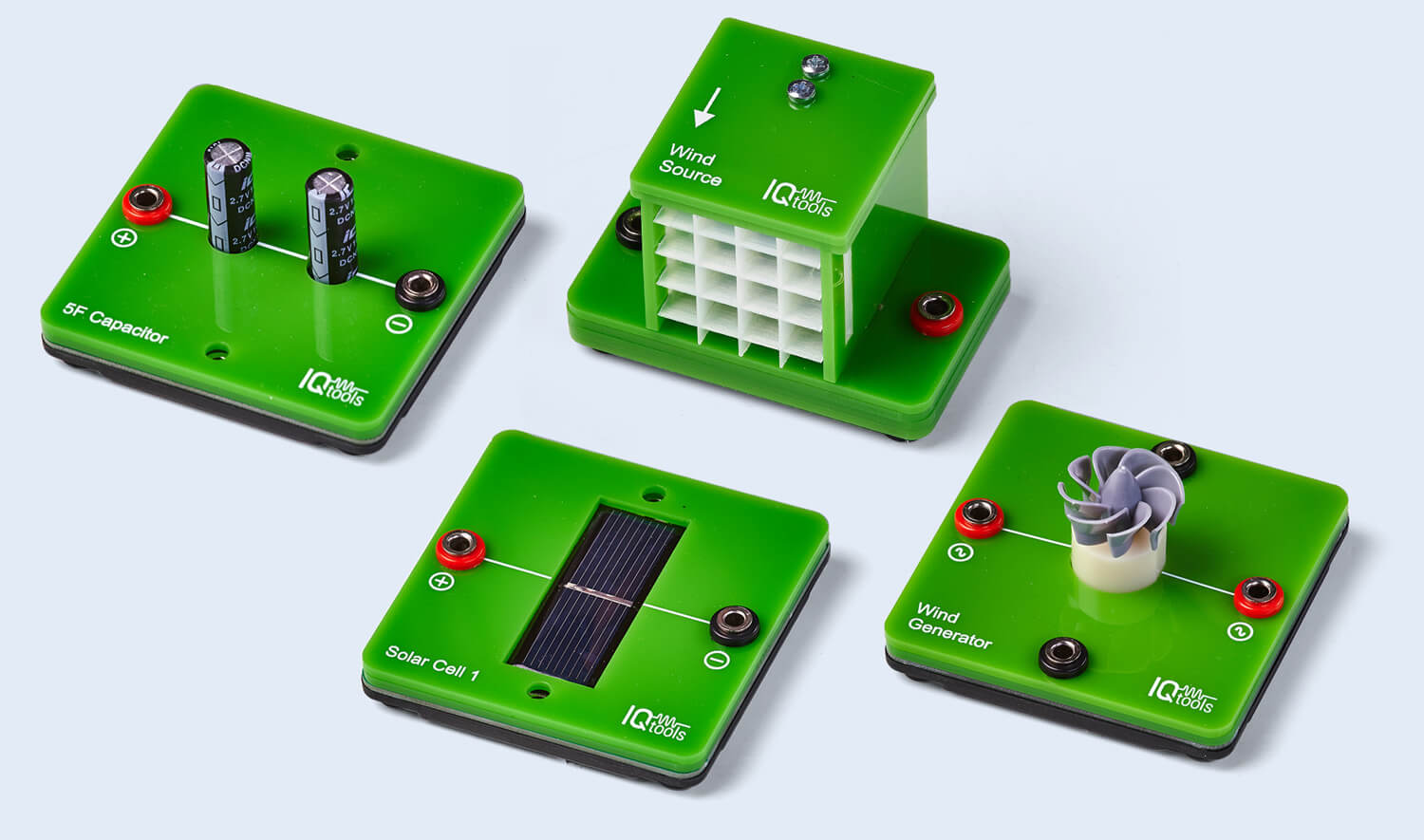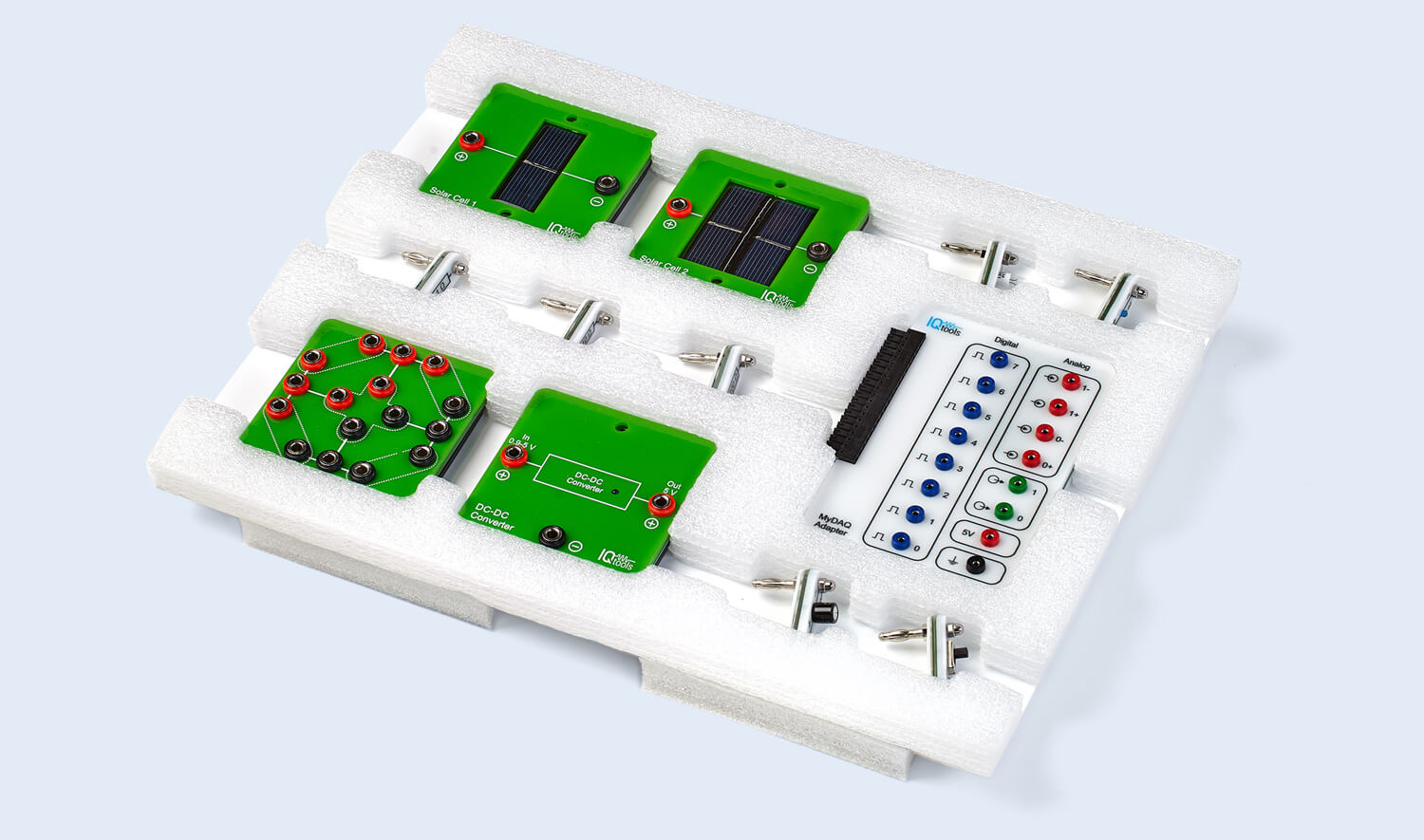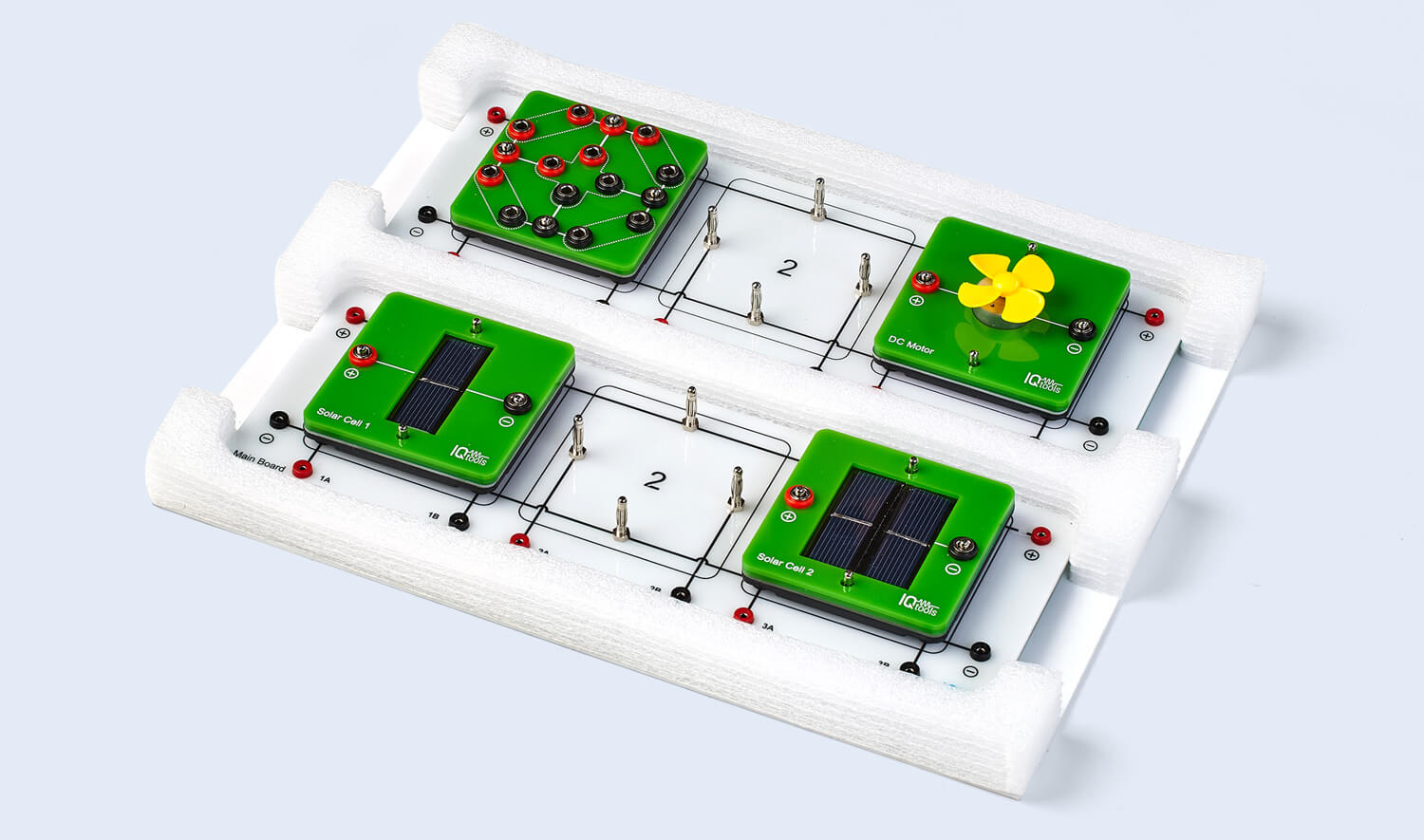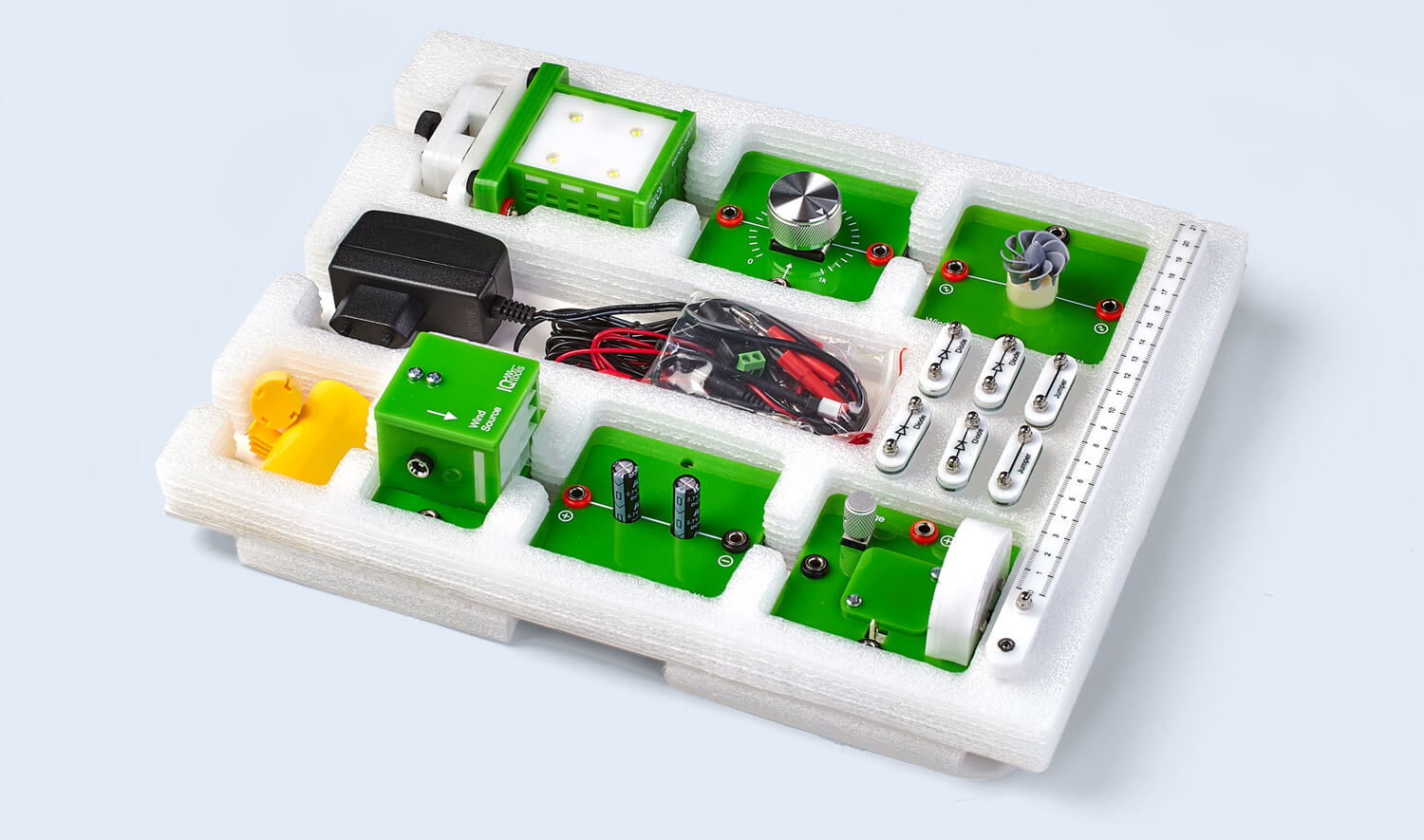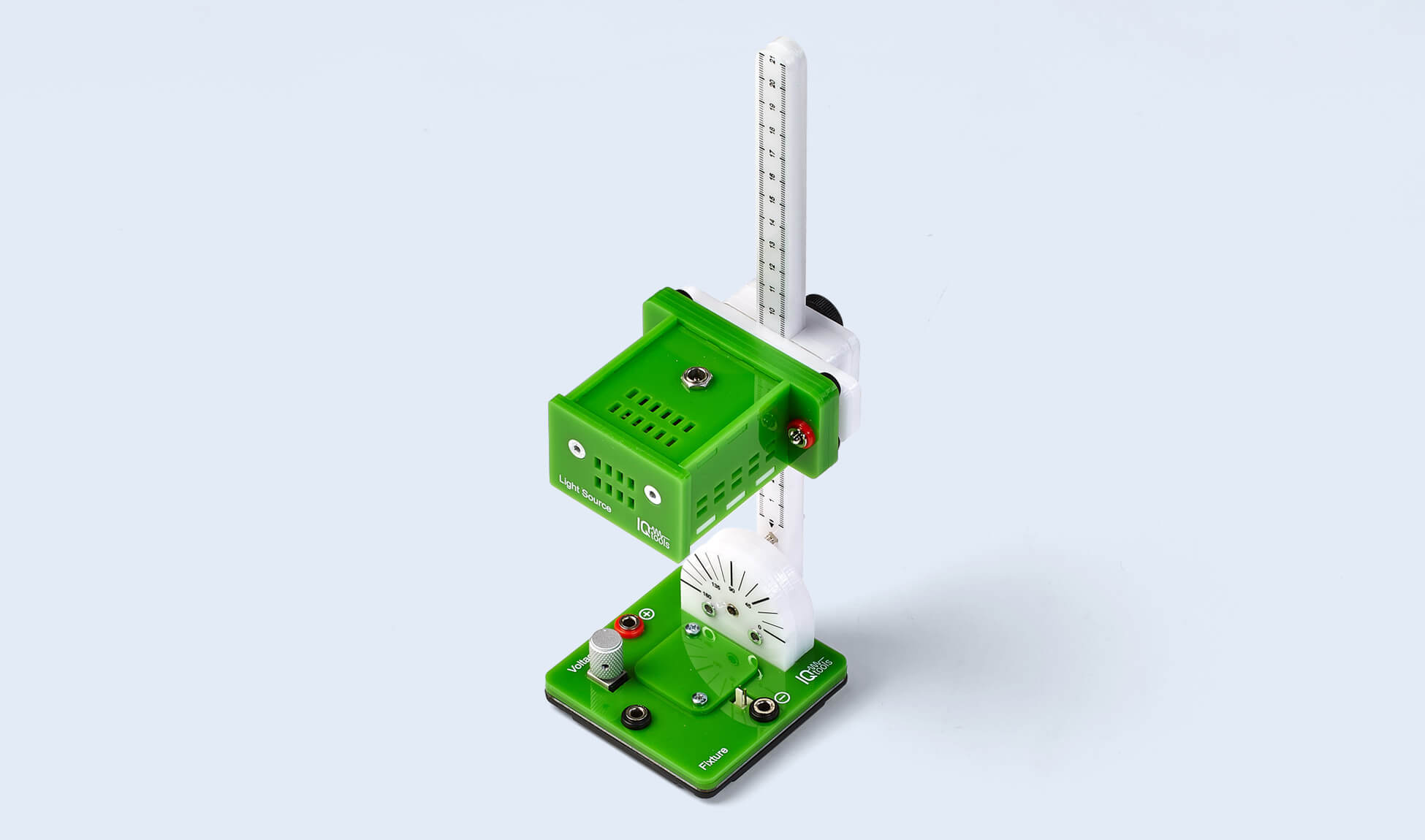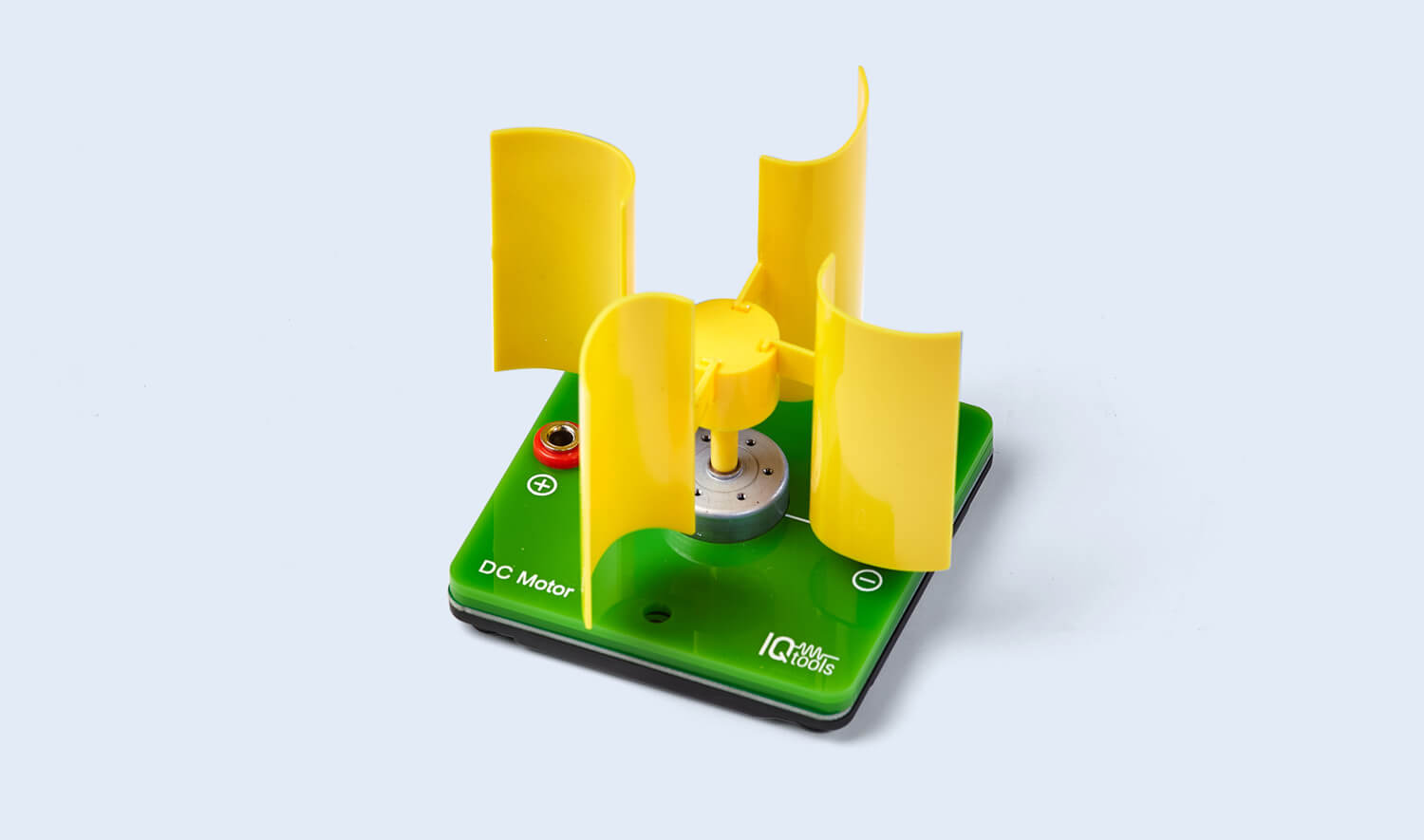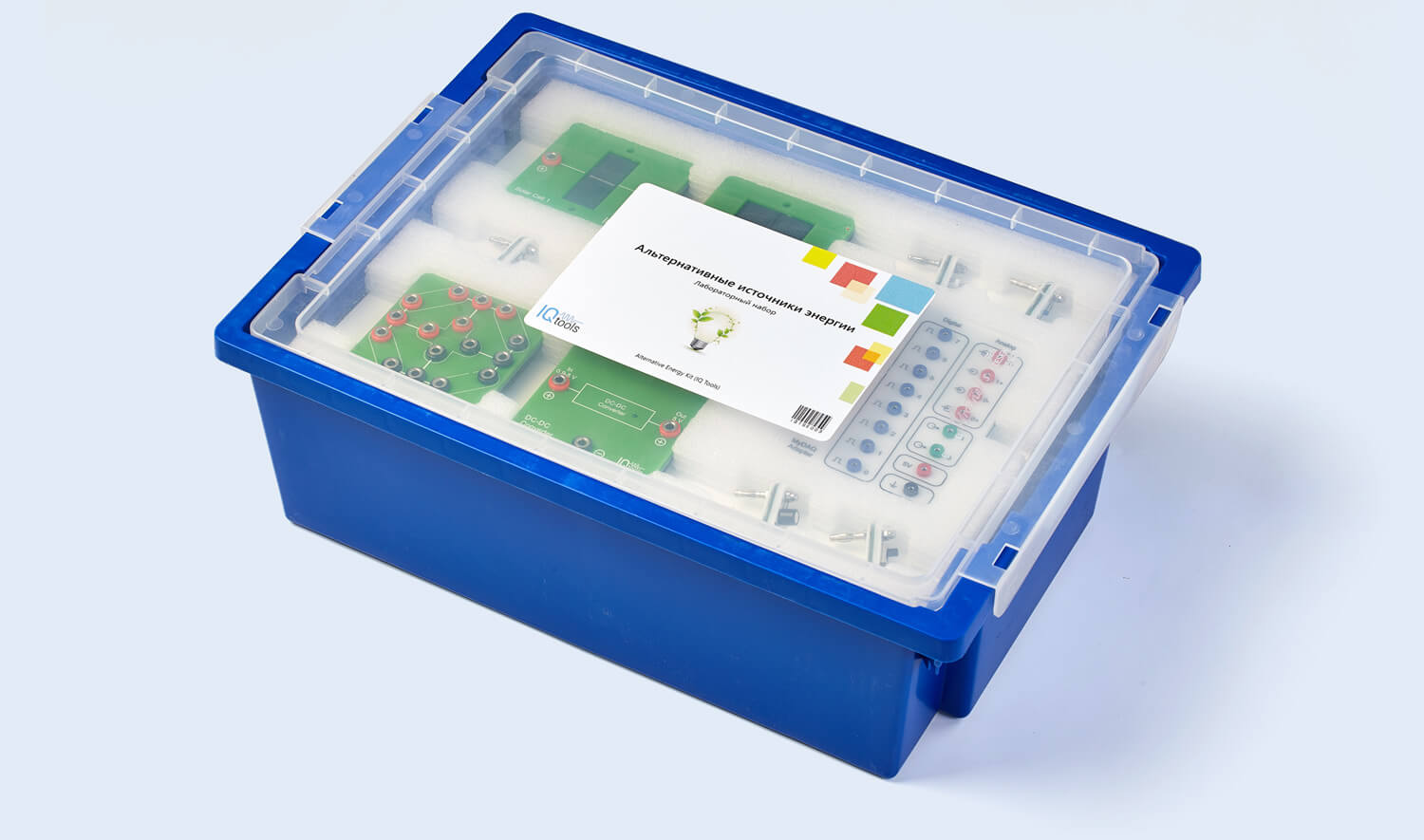This kit gives children the ability to work on alternative energy hands-on experiments as a part of a supplementary education program.
This kit is designed as a modular platform for building various electric circuits based on alternative energy sources.
Simple layout of an electric circuit built on interchangeable modules is easy to understand both for students and teachers.
Each topic included in the curriculum has a theoretical part and detailed instructions for the experiment.
Measurements and control functions are implemented using a dedicated data acquisition system. The software is developed in NI LabVIEW graphical programming environment. It’s intuitive and user-friendly interface is designed for easy adoption and optimization of teaching process.
- Laboratory kit modular design
- Reliably protected electric circuit, modules, and kit elements
- Theoretical materials to each topic
- Hands-on experiments step-by-step guide
- User-friendly interface
- Graphical and digital representation of results
- Virtual Instruments (Oscilloscope, Dynamic signal analyzer, Function Generator, Digital signal generator, Logic Analyzer, Digital Multimeter)
| Name | Quantity |
|---|---|
| Main modules | |
| Main Board (modules platform) | 2 pcs. |
| DC-DC Convertor | 1 pc. |
| DC micro-motor module | 1 pc. |
| Mixed connection module | 2 pcs. |
| Single-section solar cell module | 2 pcs. |
| Double section solar cell module | 2 pcs. |
| Wind power generator module | 1 pc. |
| Potentiometer module | 1 pc. |
| Capacitor module | 1 pc. |
| Light source module | 1 pc. |
| Wind source module | 1 pc. |
| Fixture module | 1 pc. |
| Auxiliary elements | |
| Resistors of various capacity | 3 pcs. |
| Capacitor | 1 pc. |
| SPST type switch | 1 pc. |
| Jumper | 2 pcs. |
| Lamp | 1 pc. |
| LED | 1 pc. |
| Diode | 4 pcs. |
| Set of safe connecting wires | 1 pc. |
| Power supply | 1 pc. |
- Solar energy transformation
- Solar cell V-A characteristic
- Solar cells series connection
- Solar cells parallel connection
- Power as a function of illumination level
- Power as a function of light angle
- Solar panels partial shadowing
- Wind energy and principle of wind generator operation
- Output power as a function of a number of wind turbine blades
Hands-on materials and instruction are supplied on a CD.

